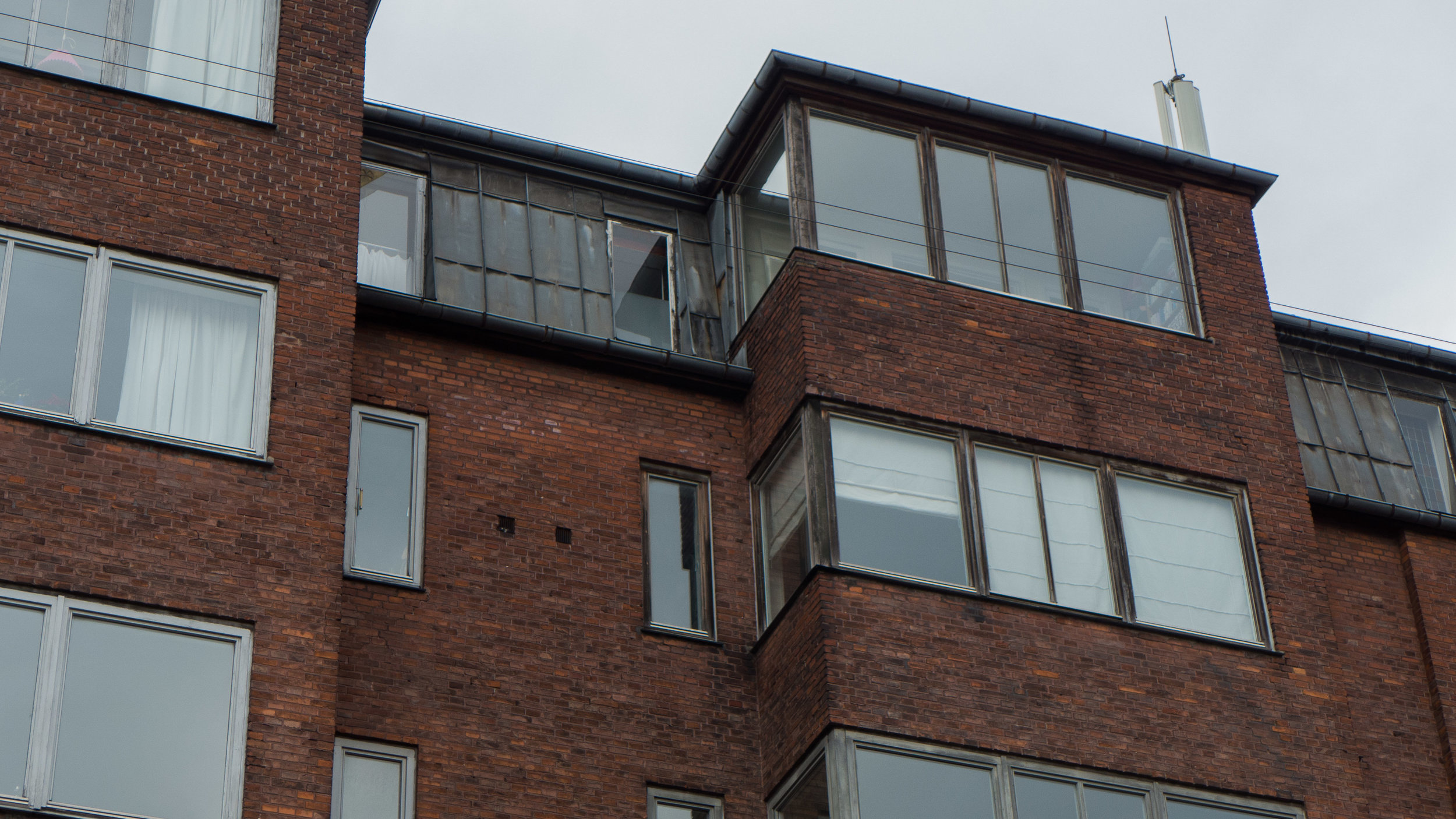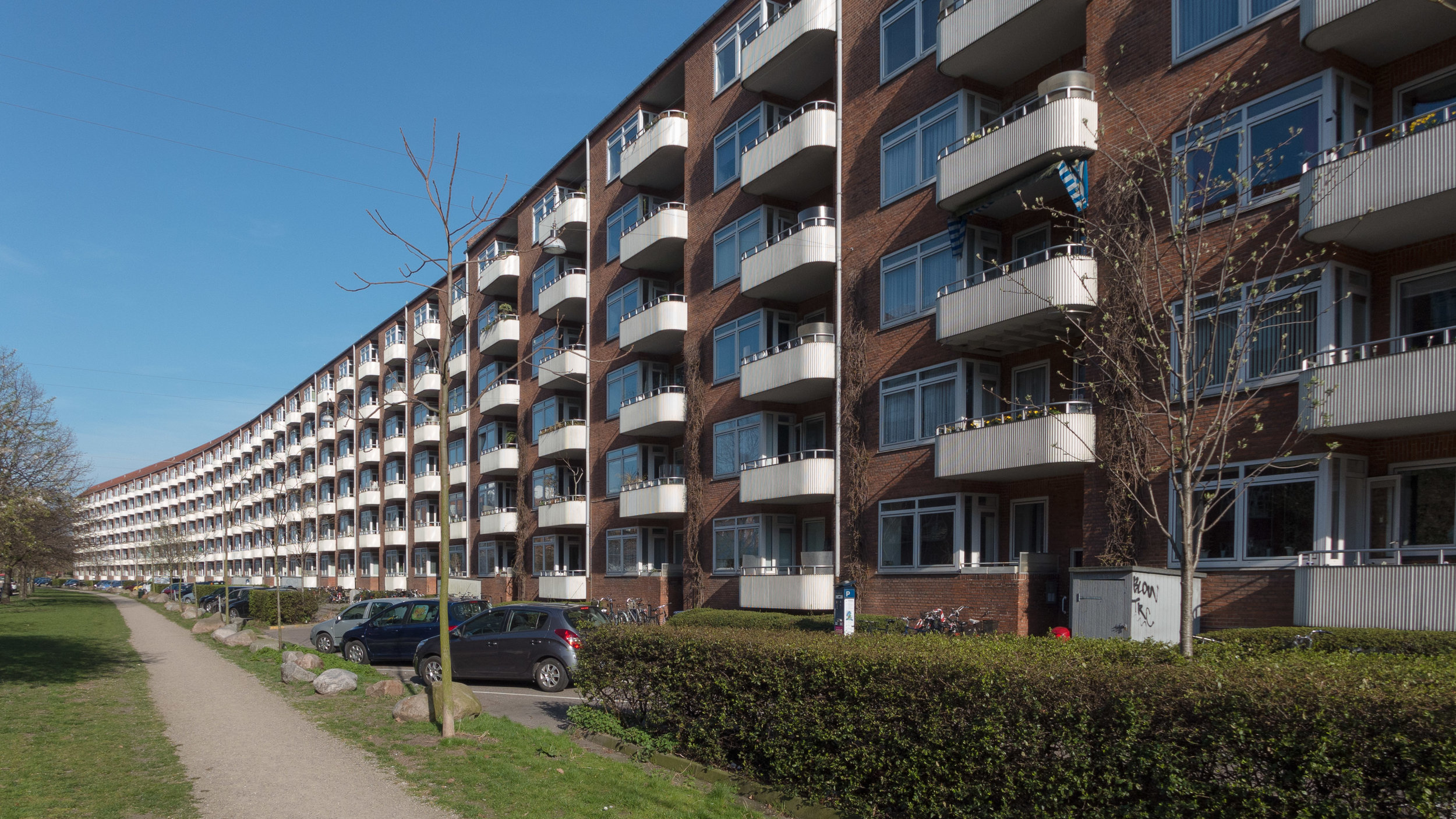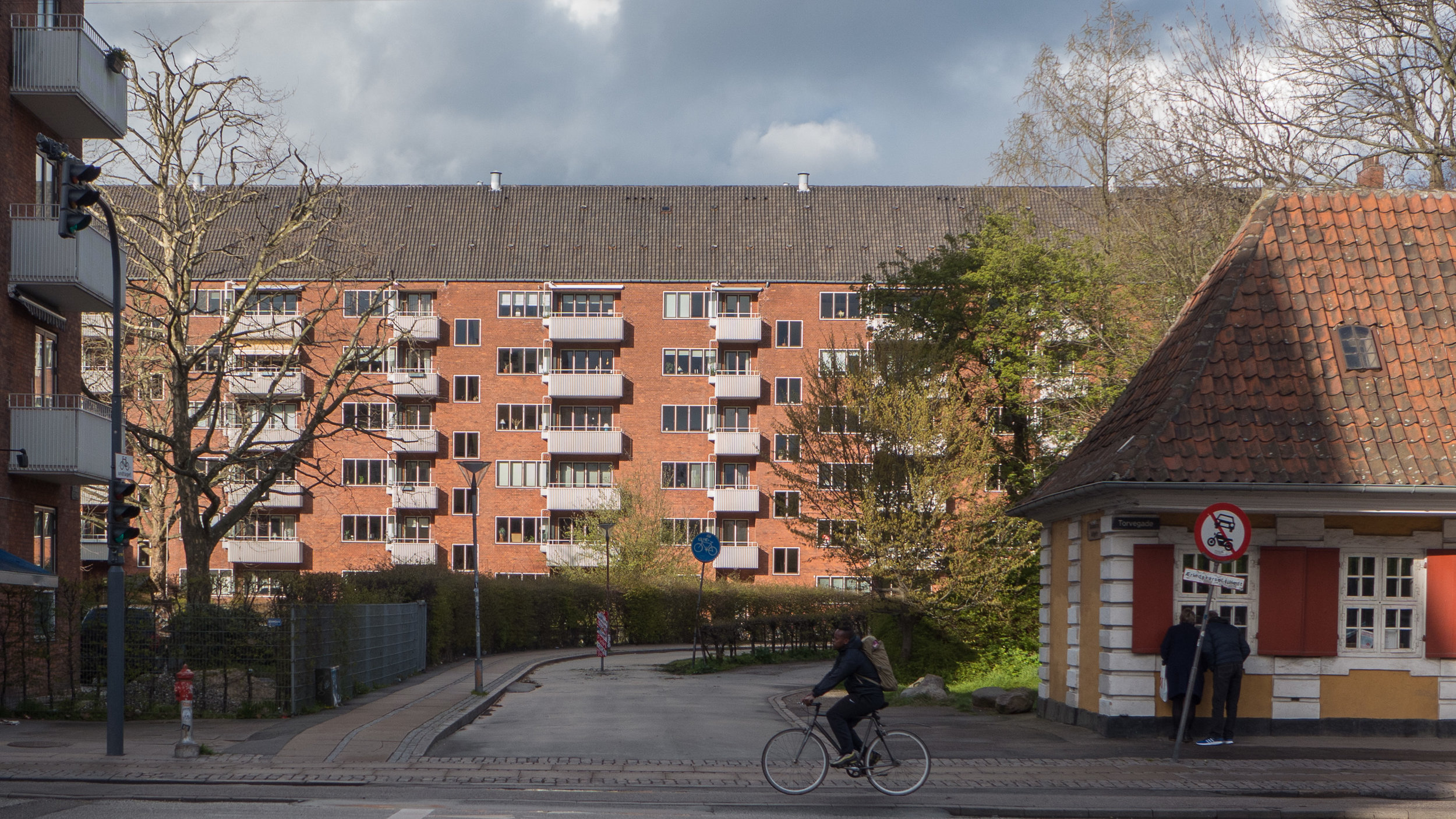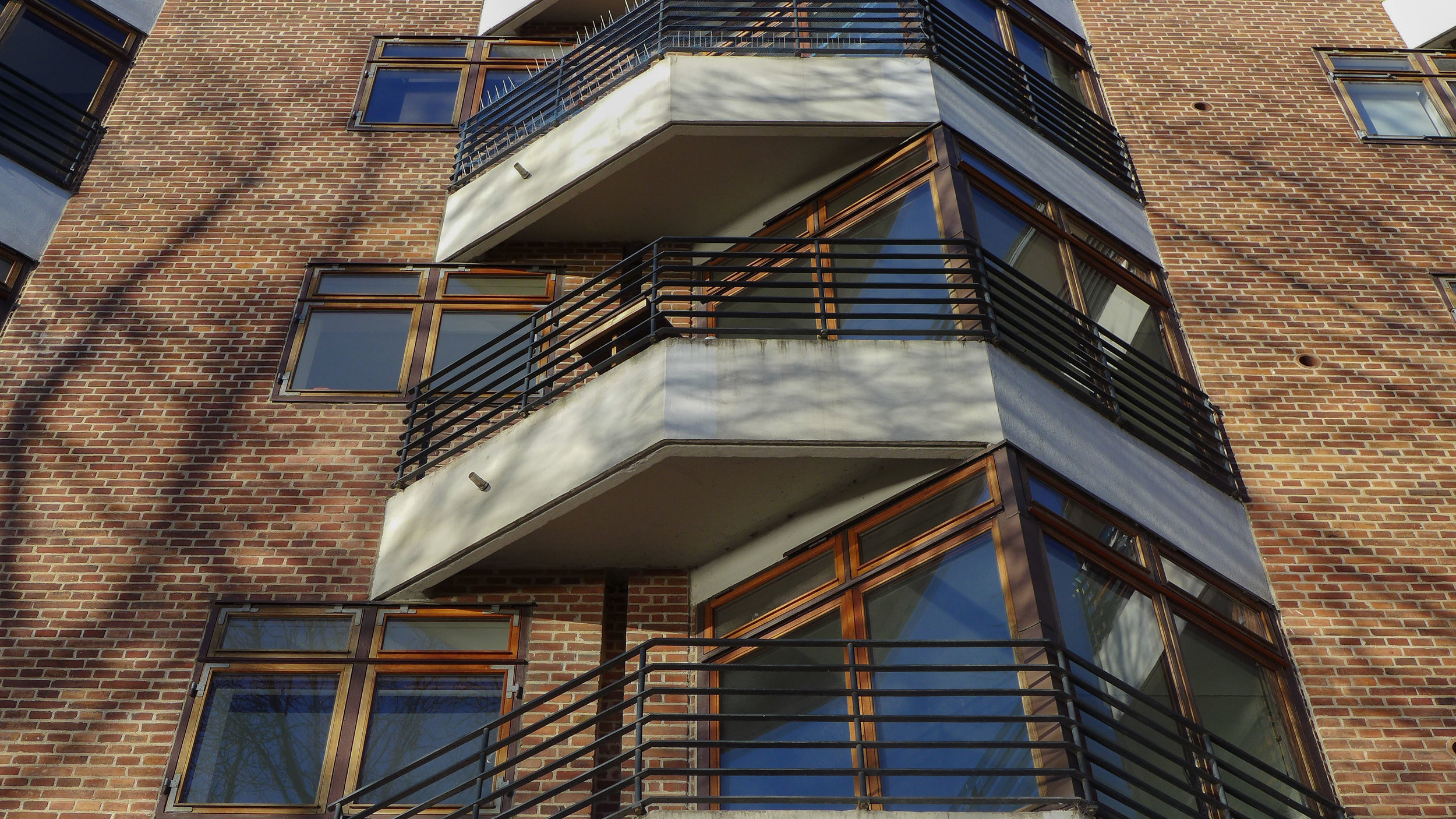Two-seat sofa by Kaare Klint 1929
/This sofa was designed for the Danish Pavilion at the Exposición Internacional de Barcelona that opened on 15 May 1929 and continued until 15 January 1930.
The frame is in Cuban Mahogany and the sofa is upholstered with goatskin leather covers for the loose cushions and with the frame itself covered with leather held along the bottom edge by closely-spaced, round-headed, brass fixing tacks used as a decorative feature.
In the l1920s and in the 1930s, Klint designed a number of sofas and most with legs between the different sections …. so the two-seat sofas have six legs and the three-seat sofas eight legs and most with cross bracing forming a cross below the seats. Here, in the two-seat sofa, there are stretchers set back from the front line of the front legs allowing people to tuck their feet back without touching the stretcher as they are sitting in the sofa or when they are standing up.
Stretchers are chamfered on the under edge partly to reduce the apparent thickness but also to strengthen the vulnerable edge which is more likely to splinter or dent if it is left as a sharp angle. The underside of lower frame are also shaped up inside the housing with the legs and the line of brass tacks follows and emphasises this line.
The sofa has thin upholstered end pieces as arm rests that ramp up at the back to the higher bank panel and thin loose cushions at each side mirror this shape. There are double cushions on the seat, the top cushions with down for comfort. There are also soft loose cushions for the back rest.
The pavilion itself was designed by Tyge Hvass and took as a starting point Danish vernacular architecture of the 17th or 18th century. The exterior was painted red and the simple building had a pitched roof covered with clay pantiles.
Lighting for the pavilion was from Louis Poulsen and was designed by Poul Henningsen.
two-seater sofa 1929
designed by Kaare Klint (1888-1954)
made by the cabinetmaker Rud. Rasmussen
identified in the catalogue of the Design Museum as sofa model 4035
Cuban mahogany with goatskin leather and round-headed brass fixing tacks.
height: 86 cm (34 inches)
width: 137 cm (54 inches)
depth: 74 cm (29 inches)








































